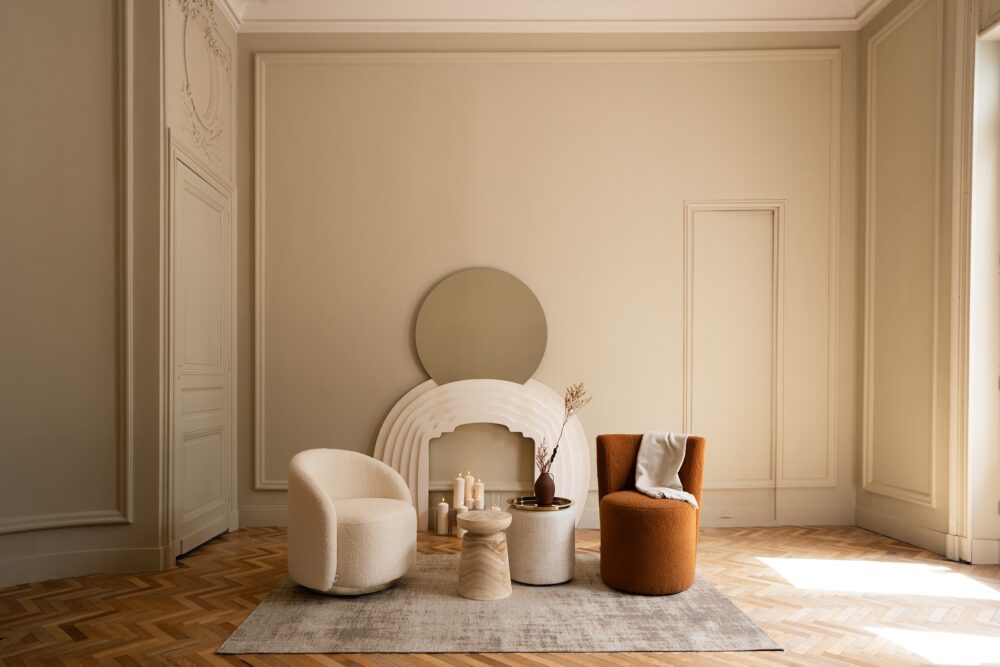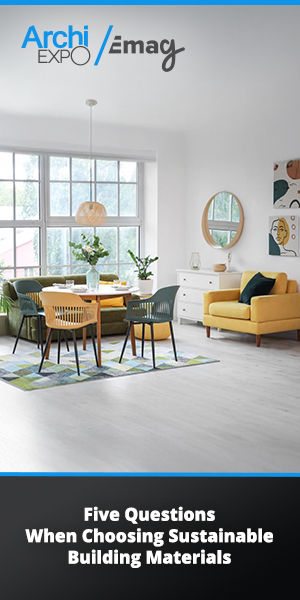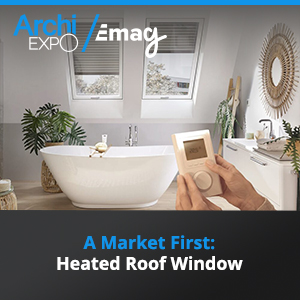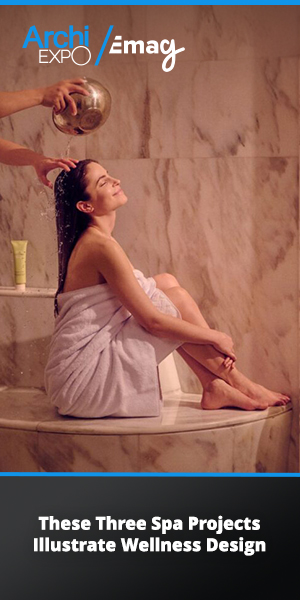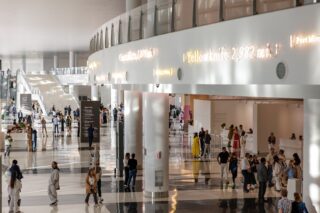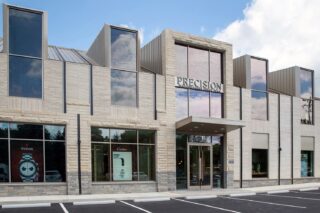Bordeaux-based Garabos reinvents gypsum and releases bold new collections from its Garabos Éditions, including this year’s Interlude presented at Maison & Objet.
For six decades, Garabos has shaped spaces—both grand and intimate—through the subtle artistry of plaster and staff. Based in Bordeaux, the family-run atelier is not only preserving a centuries-old craft, but also pushing its boundaries in modern design, architecture, and even furniture.
In 2024, the firm unveiled its first furniture and decor collection under the brand name Garabos Éditions, marking a pivotal expansion into the world of collectible design. And this year, their new collection Interlude debuted at Maison & Objet in Paris.
A Legacy of Craftsmanship
It all began in the 1960s, when trained plasterer Pierre Garabos founded his company in Carignan, near the Belgian border. At the time, plastering walls and ceilings was far more common than it is today, especially in French construction. Decorative plasterwork adorned both private and public interiors—a practice that has since dwindled as contemporary construction turned toward faster, less labor-intensive materials.
Despite shifting trends, Garabos endured. By the 1980s, Pierre’s sons, Bruno and Jean-Claude, had taken the reins, diversifying into dry plastering while upholding the core values of the trade. The firm continued to train young apprentices, reinforcing a commitment to craftsmanship that remains central to its identity.
“Plaster is a very versatile material that can be used in many different contexts,” says Boris Garabos, grandson of Pierre and current director of the firm. “Young people have abandoned manual trades in favor of more cerebral career paths. We therefore have to constantly train, which requires a lot of time and patience.”
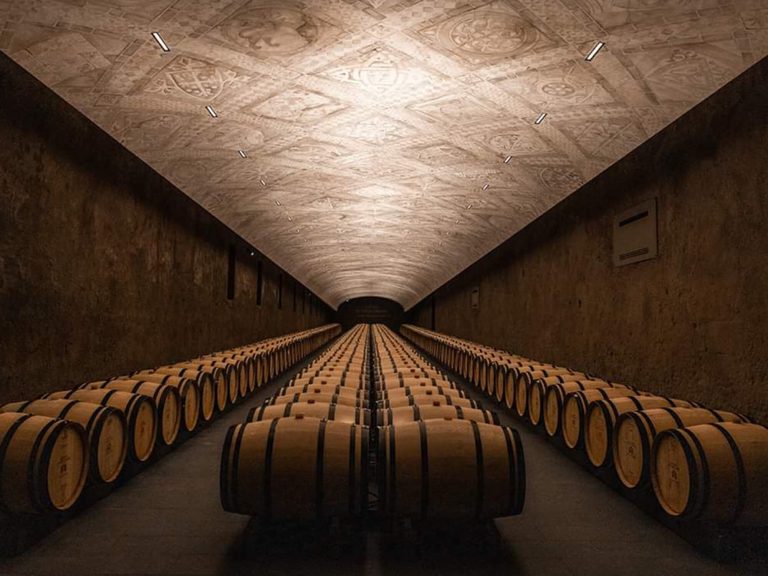

Understanding the Material: Plaster and Staff
To fully appreciate the artistry behind Garabos’ work, it’s important to understand the materials they use.
Plaster, derived from gypsum, has been used for millennia. Once mixed with water, it becomes a soft, sculptable medium—solidifying into a smooth, fireproof surface that insulates both acoustically and thermally. It’s also fully recyclable, and surprisingly clean to work with. With finishes like gilding, waxing, tinted mass, and patinas, it’s a shapeshifter—able to go classical or minimalist depending on the touch of the hand.
Staff, on the other hand, emerged in the 19th century and brings structural reinforcement into the mix. A blend of plaster of Paris, vegetal fibers such as jute or hemp, water, and a bit of cement, it has the consistency of thick molasses when applied. Staff allows for the creation of everything from cornices and ceiling roses to full-scale architectural features like columns, paneling, and stair balustrades.
Tradition Meets Innovation with Cutting-edge Technology
Garabos’ mastery of both plaster and staff has positioned them at the crossroads of tradition and experimentation. Their work spans Bordeaux vineyards, historic châteaus, luxury retail spaces for brands like Cartier, and contemporary homes.
Their process often merges time-honored techniques with cutting-edge technology.
“Recently, an architect asked us to make several 6m-diameter luminaires of organic shapes suspended in a vacuum,” Boris recounts. “We had to mix 3D modeling, digital cutting, and on-site dragging of traditional plaster, wooden framing, metal framing, and fitting techniques to make this exceptional work.”
This hybrid approach reflects a growing demand from architects and designers who crave complex, sculptural volumes that challenge material expectations. It’s a space Garabos is uniquely positioned to occupy.
Researching the Future of Plaster
Today, Garabos dedicates significant resources to R\&D—exploring the ecological, aesthetic, and technical potentials of plaster and staff. This includes developing new color palettes, recycling construction waste, and trialing acoustic enhancements.
Even their materials are evolving. While their gypsum is sourced from quarries near Paris, the fiber used in staff traditionally comes from the cyzal plant, native to Mexico and Africa.
“We are currently cultivating this plant around our home, in Bordeaux, to make our own filasse,” Boris explains. “Our goal is to be able to make a staff from more local and therefore more sustainable materials.”
Within a year, the company plans to begin growing hemp, hoping it will offer a hardier, regionally adapted alternative.
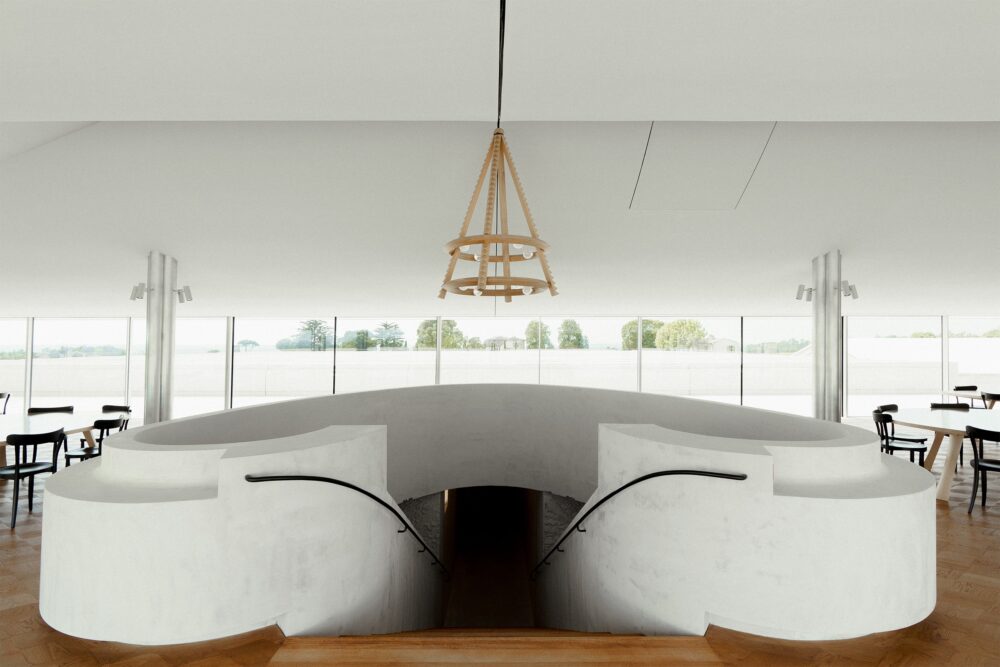
Garabos Éditions: A New Voice for Plaster
In launching Garabos Éditions in 2024, the firm has turned its attention to the domestic landscape, introducing plaster into furniture and decorative objects. It’s a move designed to broaden the dialogue between material, space, and contemporary living.
“The Garabos Éditions is a more global project, a long-term vision for us,” says Boris. “With Dialogue Temporel, Garabos Éditions’ first sub-collection, we want to highlight the malleability of plaster and its huge possibilities of use.”
Developed in collaboration with creative strategy studio La Racine, Dialogue Temporel emphasizes form, light, and texture. Pieces blend seamlessly into architectural environments while showcasing the raw sensuality of plaster. It’s an evocative experiment in tactile minimalism.
Maison & Objet 2025: Interlude Debuts
September 2025 marked another milestone with the unveiling of Interlude at the Maison & Objet fair. This time, Garabos flew solo—designing the entire collection in-house without input from outside architects or interior designers.
“As craftsmen, we are not used to being in charge of the ‘artistic’ part,” says Boris. “Although a craftsman’s know-how can occasionally be associated with art, our job is to achieve what others have imagined.”
The pieces were created by Léa Garabos, Boris’ wife, and reflect a new creative confidence within the firm.
“We can now be proud of having tried an absolutely exciting experience. The first feedback from Maison & Objet has been very positive.”
Garabos stands as proof that even in an age of automation and mass production, manual craftsmanship—when nurtured and reimagined—can be more relevant than ever. By breathing new life into plaster and staff, this Bordeaux atelier invites architects, designers, and artists to rediscover a material that is as old as architecture itself—and just as full of possibility.



